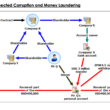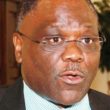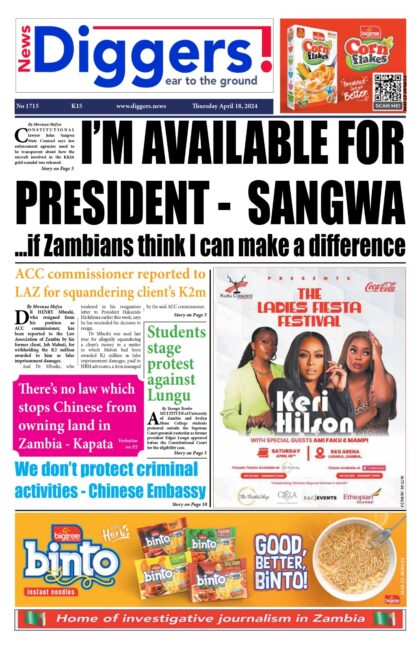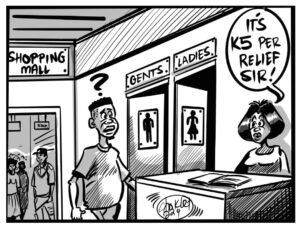A case study highlighted in the 2018 FIC Money Laundering/Terrorist Financing Trends Report indicates that a government official built 49 residential properties worth K70 million and purchased two luxury vehicles worth K4 million.
According to a case study titled, Corruption, Abuse of Office and Money Laundering, a government official named PEP (Politically Exposed Person) N amassed wealth through corrupt activities with the aid of two other PEPs.
“PEP N in uenced the awarding of contracts to foreign construction companies and in return, these companies constructed 49 residential properties for him valued at ZMW 70 million. They further purchased two luxury vehicles for him valued at ZMW 4 million. With respect to PEP C and PEP D, it was noted that they had acquired four (4) properties valued at ZMW 61,000,000,” read the FIC report.
“A review of the bank accounts of PEP N and PEP C for the period 1st October 2015 to 30th April 2018 revealed the following credit turnover; PEP N: ZMW 12,000,000 PEP C: ZMW 35,000,000
The case was disseminated for suspected corruption and money laundering to competent authorities.”
And in the second case study enclosed in the report, a foreign national resident in Zambia received huge sums of money and paid some public officials in key institutions.
The foreign national’s company was awarded a contract despite being in operation for only three months. This is contrary to Public Procurement Act.
“Mr. S, a foreign national resident in Zambia received USD 3 million on his personal account from a European company AS. Upon receipt of the funds, Mr. S withdrew ZMW 5 million in cash and then transferred USD 400,000 to his country of origin. He further transferred USD600, 000.00 to a local company CH, where he is a shareholder. Company CH is a Zambian company that was awarded a contract to provide public services. The shareholders are company B based in Zambia, company AS based in Europe and Mr. S, a foreign national resident in Zambia. Company CH was awarded a contract despite being in operation for only three (3) months. This is contrary to Public Procurement Act number 12 of 2008,” read the report.
“Mr. S’s personal accounts further showed substantial inward transfers between 2016 and 2018 from company CH which were followed by transfers totaling USD 3.5 million to various individuals, including public officials. Mr. S further received USD 5 million from company CH.
CH’s bank account revealed that there are two signatories, Mr. S and Mr. M, a partner at an audit rm. It was observed that there were monthly transfers from CH account to the account of the audit firm with the reference stating that the funds were meant for salaries.
The movement of funds among the procuring entity, Company CH and Company AS raised a red flag.
The funds transferred to public officials in strategic institutions by Mr. S had no economic rationale. The funds were used to purchase property by the public officials. Further, huge cash withdrawals were made by Mr. S for suspected third party beneficiaries. The matter was disseminated to competent authorities for suspected money laundering and corruption.”












